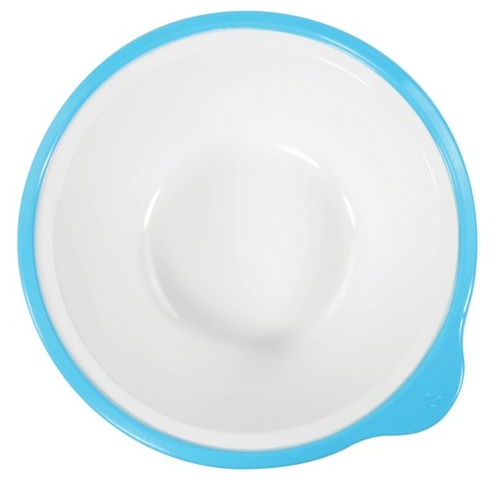
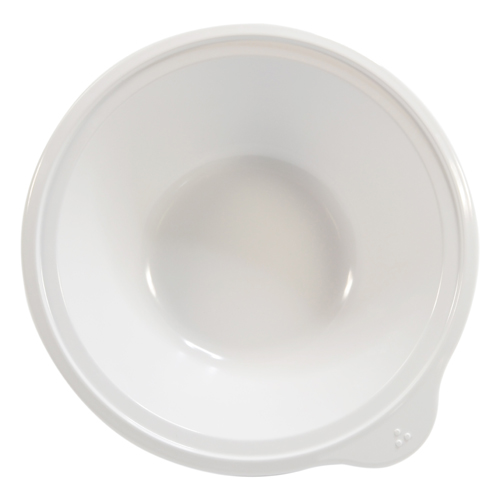
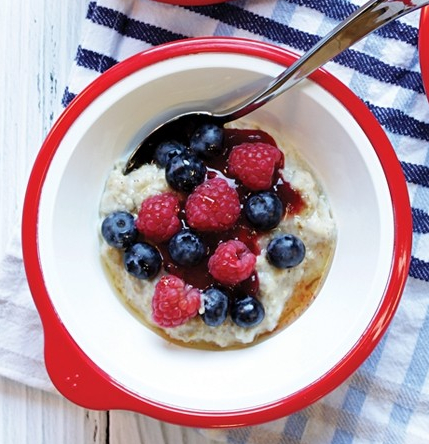
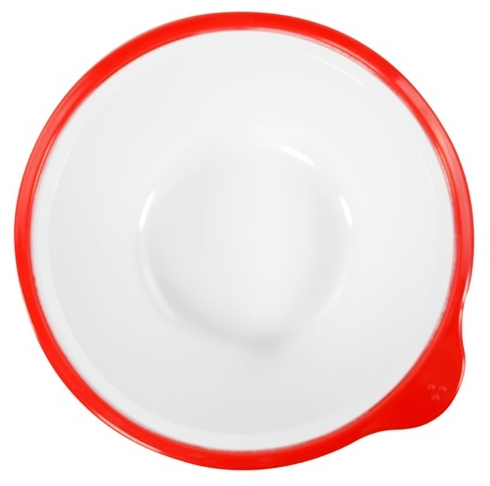
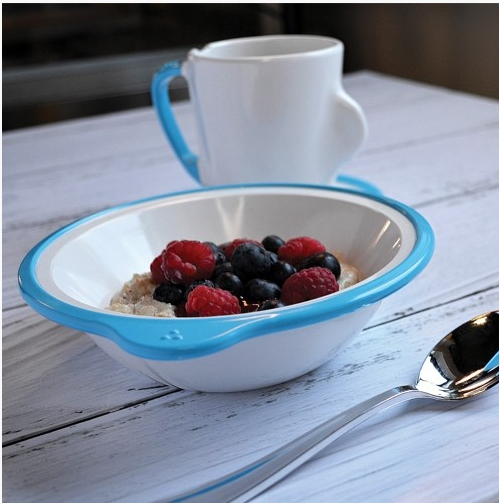
Omni Bowl
Priced from
£7.00
What we say
Bowl.
ADD FOR COMPARISON
Dalebrook Supplies Ltd
If you are a national retailer who is not listed please read our faqs to find out how to add your company. If you are listed and need to update your details please read how to update your listing.
Product Information
Manufacturer's Product Description
Omni Bowl 180x170x50mm 400ml Available in Three Colours: White Rim - T3820W Red Rim - T3820R Blue Rim - T3820BL The perfect bowl for general service; 400ml / 14oz capacity great thermal properties to assist in keeping food warm or cold wide, stable, self-righting shape anti-slip silicone feet
Manufacturer's Contact Details
Dalebrook Supplies Ltd
Eastways Industrial Estate
Witham
Essex
CM83UA
UK
01376510101 sales@dalebrook.comKey Features
- bowl with a coloured rim
- self-righting shape
- anti-slip silicone feet
- designed to keep food hot or cold
Product Dimensions
| Dimensions | |
|---|---|
| Diameter | 18cm |
| Height | 50cm |
Product Specification
No product specification has been specified.